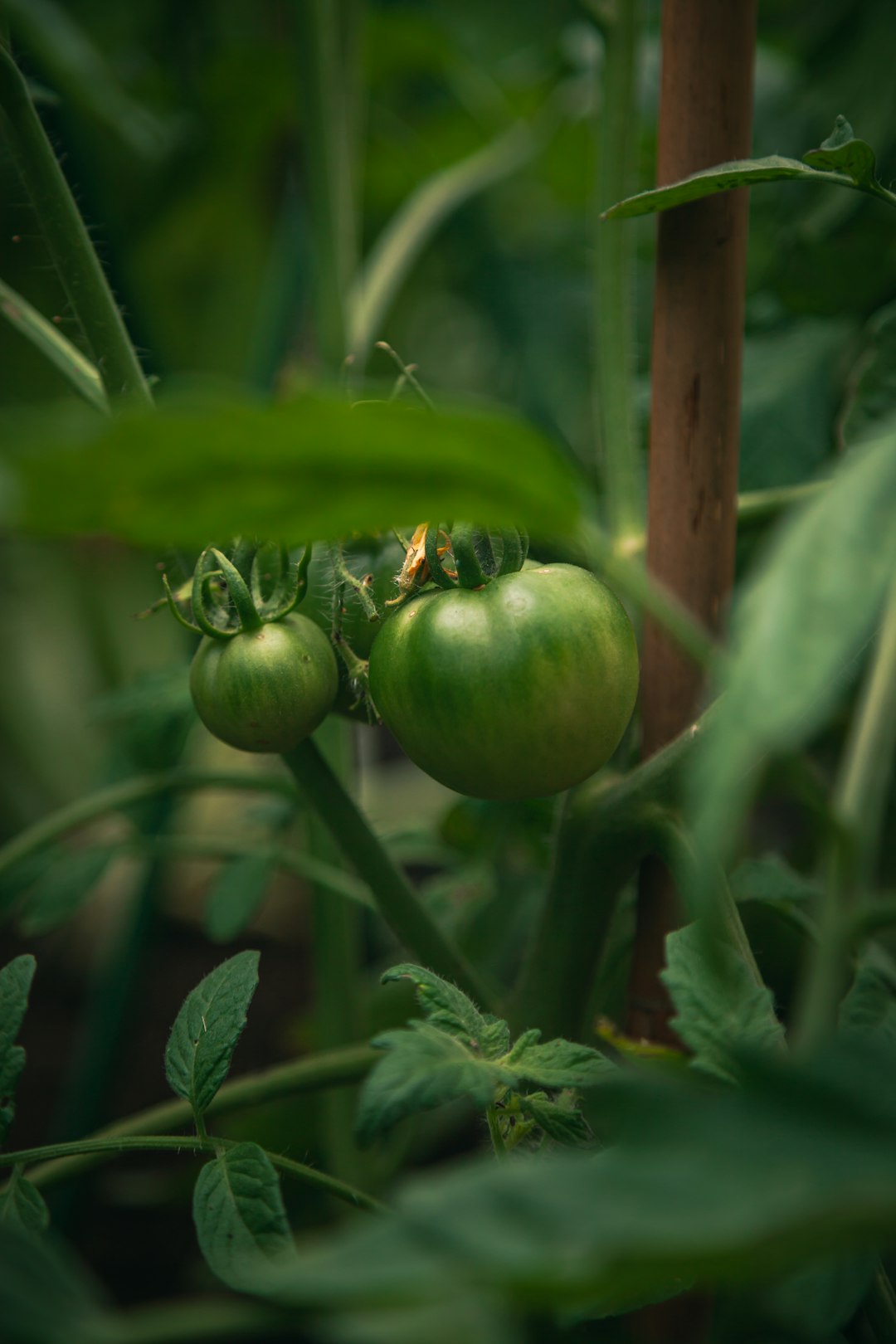Seed Starting 101: Everything You Need to Know
Garden seeds are the starting point for any successful garden. Whether you are a seasoned gardener or a beginner, knowing how to start seeds is essential for growing healthy plants. Seed starting allows you to control the quality of your plants from the very beginning and gives you the satisfaction of watching your garden grow from a tiny seed to a thriving plant. In this article, we will cover everything you need to know about seed starting.
The first step in seed starting is choosing the right seeds. Make sure to select high-quality garden seeds that are suited to your climate and growing conditions. It is also important to choose seeds that are fresh and have not been treated with any chemicals. You can purchase seeds from a local nursery or garden center, or order them online from a reputable seed company.
Once you have your seeds, the next step is to prepare your planting containers. You can use seed trays, peat pots, or recycled containers such as egg cartons or yogurt cups. Make sure to clean and sterilize your containers before planting to prevent the spread of disease. Fill your containers with a high-quality seed starting mix that is well-draining and sterile.
Plant your seeds according to the instructions on the seed packet. Some seeds need to be planted shallowly, while others need to be planted deeper. Make sure to water your seeds gently after planting to ensure good soil-to-seed contact. Place your containers in a warm, sunny location or under grow lights to encourage germination.
Once your seeds have germinated, it is important to provide them with the right growing conditions. Make sure to keep your seedlings moist but not waterlogged, and provide them with plenty of light. You can use a fan to provide air circulation and prevent damping off, a common fungal disease that affects seedlings.
As your seedlings grow, you may need to transplant them into larger containers to give them more room to grow. Make sure to harden off your seedlings before planting them outside by gradually exposing them to outdoor conditions. This will help them adjust to the change in environment and prevent transplant shock.
In conclusion, seed starting is a rewarding and essential part of gardening. By following these tips and techniques, you can ensure that your garden seeds grow into healthy, thriving plants. So go ahead, get your hands dirty, and start planting those seeds!
——————-
Discover more on Garden seeds contact us anytime:
Where Things Grow | Gardening Tips, DIY & Printables
https://www.wherethingsgrow.com/
Virginia, United States

